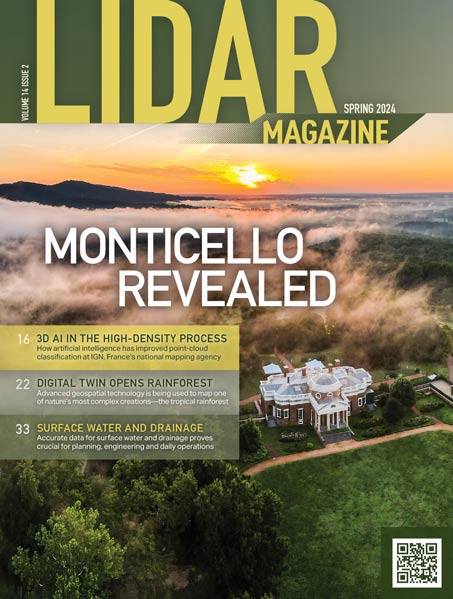Recent advancements in AI have created many opportunities in the GEOINT field, not only by improving imagery analysis techniques, but also by creating synthetic training data for AI algorithms to work more efficiently and accurately. Prior to the innovation of synthetic training data, human inputs would be needed for training AI algorithms. By integrating AI into producing pixel and non-pixel based synthetic data, the process of training and validating a model can be done quicker and cheaper. In addition to training models, synthetic data is used today for predicting how different camouflage patterns or other counter detection techniques will appear in the field. Synthetic data generation can also be used to test cutting edge sensors.
Download white paper: The Evolving Role of Synthetic Data in GEOINT Tradecraft
“Synthetic data is one of the keys to unlocking actionable intelligence from datasets that are growing far faster than humans can inspect and describe them,” said USGIF Modeling, Simulation & Gaming Working Group (MS&G WG) Co-chair Chris Andrews, Chief Operating Officer, Rendered.ai. “Whether extracting information from structured SIGINT and text or unstructured sensor-based imagery and video, synthetic data—created through both generative and physics-based techniques—enables us to rapidly engineer and validate algorithms to monitor and respond to continuously evolving conditions on the battlefield and in everyday activity.”
“We live in a world where reality, augmented reality, virtual reality and all of the derivatives of each are becoming part of the mental landscape of both GEOINT professionals and consumers in the general population,” said MS&G WG Co-chair Barry Tilton, Technology Evangelist, Office of the CTO, Maxar. “This paper is a welcome introduction to how artificial content can serve as a bridge—allowing the testing of new ideas and as a training framework for generative AI. A great power of synthetic data is the ability to enhance the real—allowing a look into the past and future.”
About the USGIF Modeling, Simulation & Gaming Working Group
The Modeling, Simulation & Gaming Working Group (MS&G) educates and informs the global Geospatial-Intelligence (GEOINT) community on how modeling, simulation and gaming technology can be made more interoperable with GEOINT tradecraft. We seek to collaborate with Industry, Academia, and Government to highlight advanced research concepts and commercial technology developments supporting geospatial modeling, simulation and gaming systems that are capable of delivering authoritative and relevant GEOINT at the point of need. A core tenant of our collaboration strategy is to maintain close working relationships with both the Open Geospatial Consortium (OGC) Interoperability, Simulation and Gaming (IS&G) Working Group and the Simulation Interoperability Standards Organization (SISO).
USGIF members can send an email to WorkingGroups@usgif.org for information or to join.
About USGIF
USGIF is a nonprofit educational foundation dedicated to promoting the geospatial intelligence tradecraft and developing a stronger GEOINT community among government, industry, academia, professional organizations, and individuals who develop and apply GEOINT to address global security challenges. USGIF achieves its mission via its strategic pillars: Build the Community | Advance the Tradecraft | Accelerate Innovation. For more information, please visit www.USGIF.org and follow USGIF on Facebook, LinkedIn, and Twitter.
